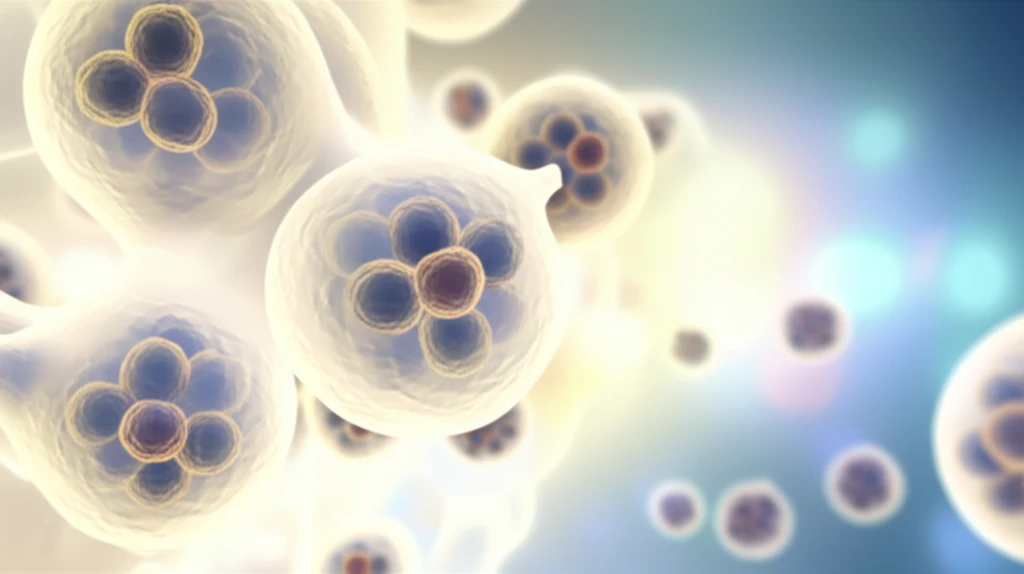
Camel Milk: The Unexpected Champion in Esophageal Cancer Research?
"Scientists are exploring the potential of a unique compound found in camel milk to combat esophageal cancer, offering new hope for treatment."
Esophageal cancer remains a significant global health challenge, ranking as the eighth most common malignancy and the sixth leading cause of cancer-related deaths worldwide. Despite advances in cancer treatment, the prognosis for esophageal cancer patients remains poor, highlighting the urgent need for novel therapeutic strategies.
In a groundbreaking study, researchers investigated the potential anti-cancer properties of camel milk, a traditional food in some regions believed to possess medicinal qualities. The study focuses on a specific active fraction extracted from Xinjiang Bactrian camel milk, known as TR35, and its effects on esophageal carcinoma cells.
The research team conducted transcriptomic and proteomic analyses to understand the molecular mechanisms by which TR35 exerts its anti-cancer effects. This comprehensive approach allowed them to identify key genes and proteins involved in cancer cell growth, apoptosis, and other critical cellular processes.
How Does TR35 Fight Cancer Cells?

The study's findings reveal that TR35 exhibits remarkable anti-cancer activity against esophageal carcinoma cells. In vitro experiments demonstrated that TR35 significantly inhibits the proliferation of Eca109 cells, a human esophageal cancer cell line. Further investigation revealed that TR35 induces apoptosis, or programmed cell death, in these cancer cells.
- MTT Assay: TR35 treatment resulted in a concentration- and time-dependent suppression of cell growth and proliferation in Eca109 cells.
- Cell Apoptosis Assay: TR35 led to a significant increase in the percentage of early or late apoptotic cells and a decrease in viable cells.
- Nuclear Morphology Imaging: TR35 treatment caused nuclear fragmentation in Eco109 cells.
- Caspase-3 Activity: TR35 significantly increased caspase-3 activity, a key enzyme involved in apoptosis, in a dose-dependent manner.
The Future of TR35 in Cancer Therapy
The findings of this study offer a compelling rationale for further exploration of TR35 as a potential therapeutic agent for esophageal cancer. While additional research is needed to fully elucidate its mechanisms of action and optimize its delivery, TR35 holds great promise as a novel approach to combatting this deadly disease. Further studies on the toxicological aspects of TR35 will be very important.
